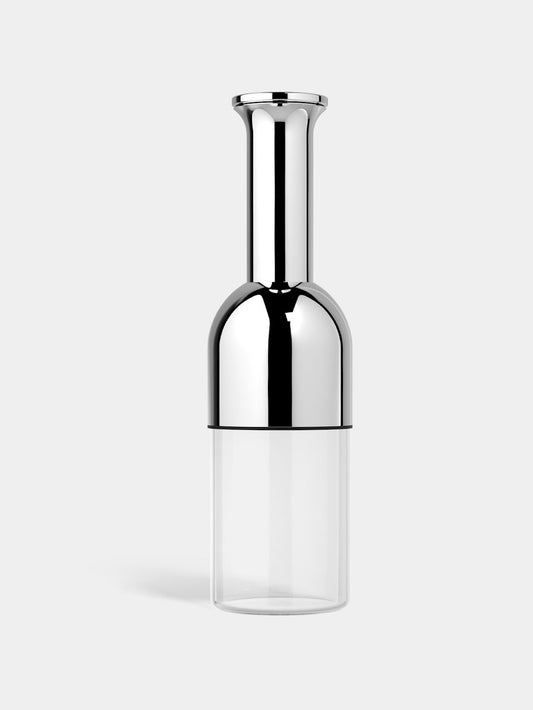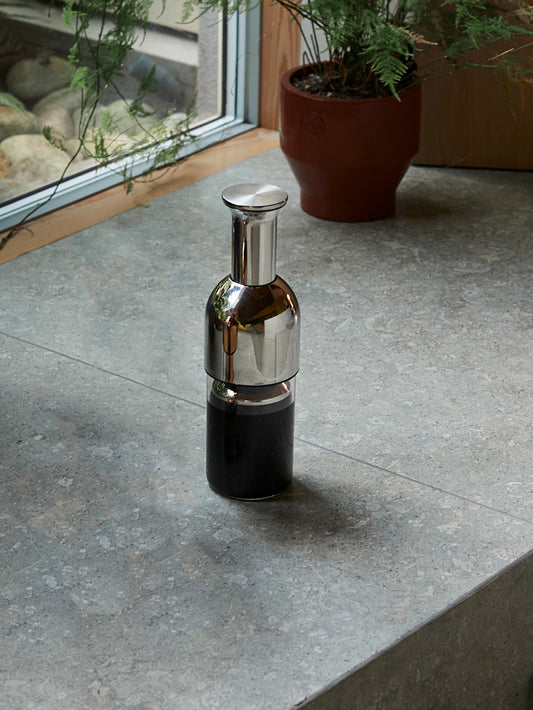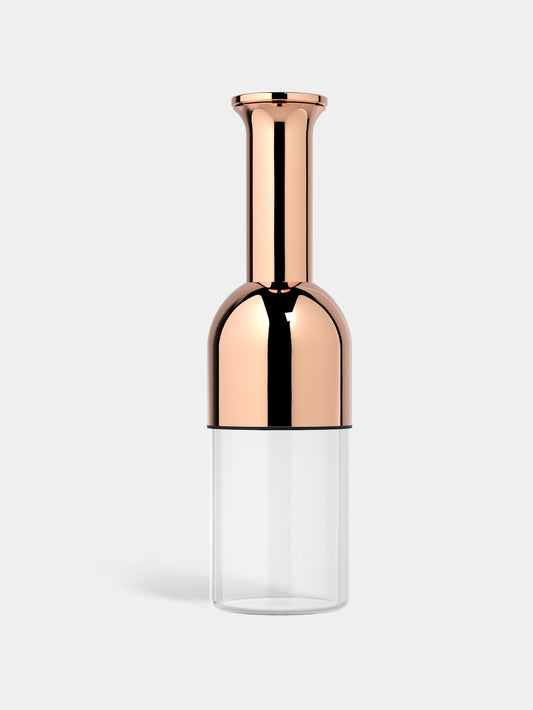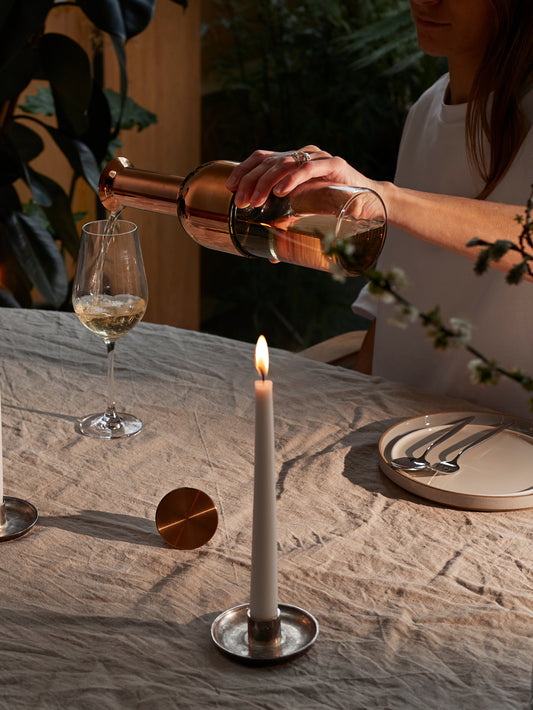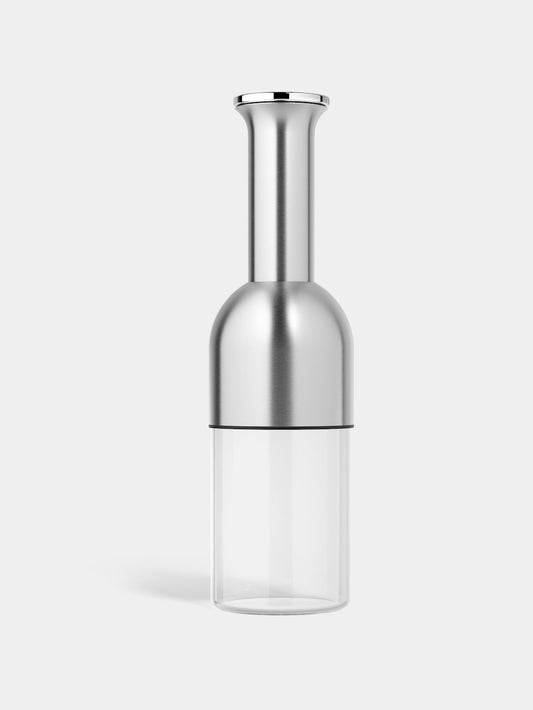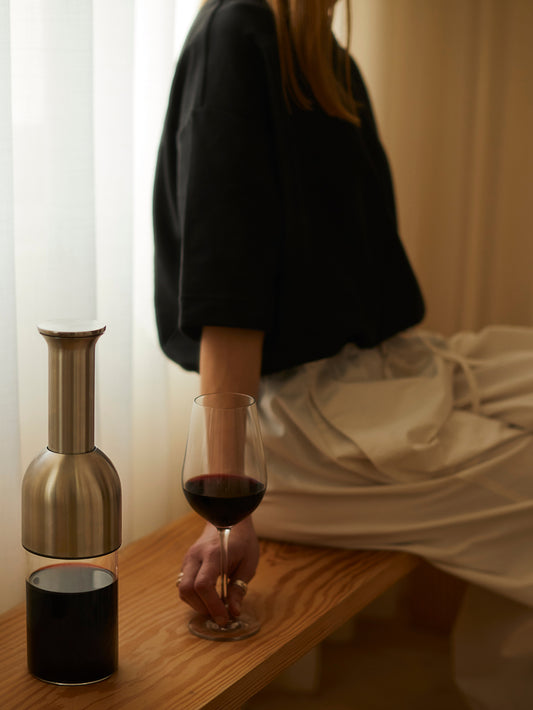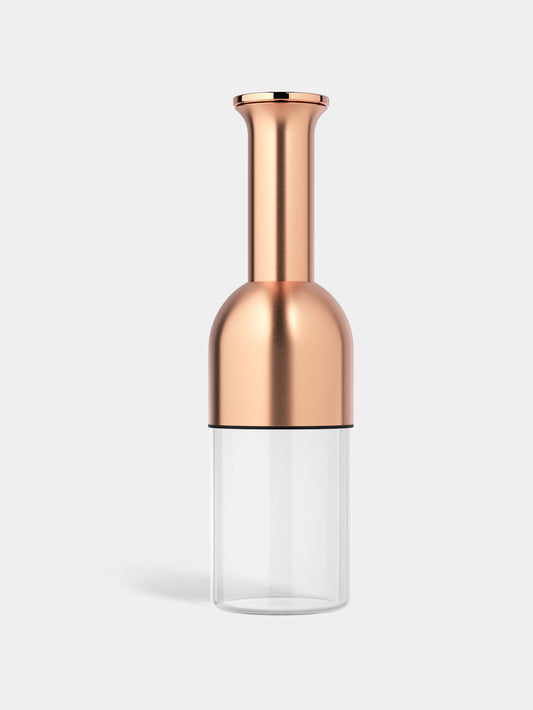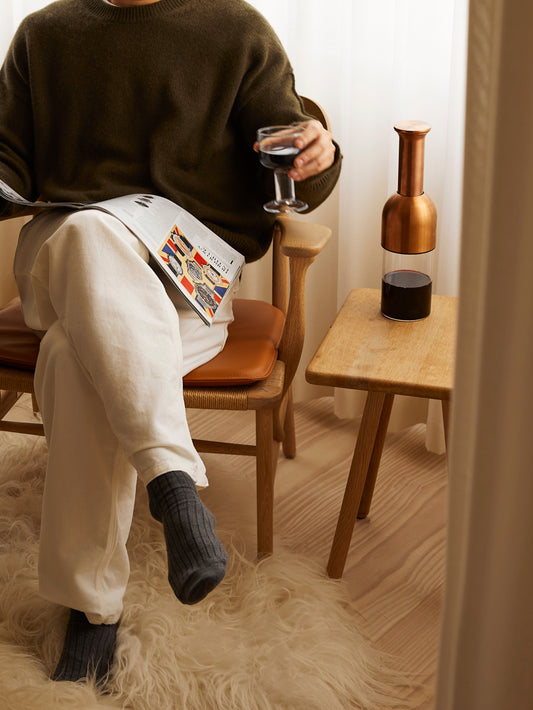Team eto recently headed to the stunning Wild by Tart restaurant in London and enjoyed a lovely evening of big flavours, seasonal ingredients and passion for food. The same enthusiasm was also captured by their sommelier Mario Konkol, a proud Slovakian who was on hand to tell us why he chose Tokaj for our meal. We were so impressed by the wine that we decided to mark International Furmint Day by asking Mario to tell us more about this grape, wine and the treasures of vineyards of Slovakia…
Furmint is often associated with Hungarian wine, but it’s also a widely used grape in Slovakia. Tell us more…
Not many people know that a small part of Tokaj is actually located in Slovakia. Following the fall of the Austro-Hungarian empire in the early 20th century, and a very lengthy court case that eventually ruled 16 years ago in the European Court, 7 Slovakian villages are now included in this world-famous region. Furmint isn’t the most planted white grape in Slovakia, but it is the most common and well-known in the Tokaj region.
What makes the Furmint grape so appealing?
Because of the Furmint’s presumed shared parentage with Riesling and similar growing conditions, Tokaj wine can be made into incredibly sweet, luscious wine (as it is known for), and also a bone-dry style, much like any good Riesling. The sweetest of the Tokaj wines can be aged for decades or even centuries.
The Furmint grape is a late ripening grape, so perfect for sweet wine production. It can be picked very late in the season – even into December or January – due to the latitude and because it benefits from the shriveling and concentration of the fruit from noble rot botrytis. This extended period of sun exposure means the sugar in the fruit is higher, which in turn results in higher alcohol and a more concentrated flavour. This provides winemakers with lots of options when it comes to the style of wine they want to produce and can result in very complex dry, sweet, orange and even sparkling wines.
Slovakia may not be an obvious wine destination but it has been producing wine for hundreds of years…
Slovakia should most definitely become a wine destination. For such asmall country, Slovakia has 6 different and geologically unique wine making regions, with Tokaj being the smallest one in terms of area. So you can visit lots of wineries, and try many different grapes and styles, without having to drive (or being driven around) too far.
Furmint and its offspring Lipovina (Harslevelu) are the main grapes grown in Tokaj but the rest of Slovakia produces a lot of Gruner Veltliner, Welsch and Rhein Riesling, Chardonnay and Muller Thurgau. Being landlocked and sharing similar terroir, Slovakian wines are comparable to those of Austria & Germany.
Why don’t more people know about the breadth of Slovakia’s wine offering?
Well, we are only small, and we love to drink! So only about 1% of wine produced in Slovakia is exported. Some producers are increasing their profiles, and their wines are becoming very popular in South East Asia as well as the rest of the world. My favourite producer Matus Vdovjak (Vino Vdovjak) who I visited last July (and am still recovering from that hangover!) could easily sell all of his produce to China and Japan, but he thankfully wants a greater spread of people to experience his wine, so he splits his exports between Asia, USA, England and other countries. You can try his 2018 Furmint at Wild by Tart by the glass or by the bottle.
There are actually over 50 registered grape varietals planted in the country as well as many new indigenous varietals (e.g. Devin and delicious Dunaj) being added every year. Take a trip and try them all!
Could you tell us a little more about the heritage of wine-making in Slovakia?
The history of wine making does go back hundreds of years in Slovakia. People used to own little plots of land and produce their own wines. But under communism, all the land was nationalised. Small plots were taken away (including my family’s modest plots in Tokaj) and quantity overtook quality. The fall of communism in 1989 gave wine producers the chance to reclaim their land (if they managed to prove ownership) and get creative again, although lots of land is still being disputed and not cultivated today, over 30 years on.
And what can you tell us about modern-day wine-making in Slovakia?
Today’s Slovakian wine makers are often experimental, focusing on low intervention wine making, highlighting the expression of the terroir in the wines. For example, you can find some fantastic natural ‘orange’ (aka skin contact) white wines, with some producers like Slobodne Vinarstvo gaining a cult status in the UK. Winemakers use many traditional methods such as aging their wines in Georgian amphoras – these are buried in the ground but don’t impart the flavour like oak. They are porous, so let in a little oxygen and soften the wine whilst bringing all the competing flavours together.

What effect does Slovakia’s climate have on the wine?
Slovakia has 4 very clear seasons – with very cold winters and hot summers – and lots of volcanic soil that is rich in minerals. This all helps to create fruit high in acidity, which provides amazing freshness and is highly concentrated. The best examples are often compared to Burgundy and Mosel whites.
Traditionally, the best Slovakian wine is white but with the impact of global warming the red Blaufrankisch grape variety is growing in both quality and popularity. Blaufrankisch is similar to the Beaujolais gamay or a pinot noir, giving a lighter, fresher red. In some parts of Slovakia you can increasingly find bigger, fuller flavoured cabernet sauvignons or a popular alibernet (crossing of cabernet sauvignon with Alicante bouchet).
We can’t talk about these wines without talking about what to eat with them.
This does depend on the style of furmint you get, but generally it goes very well with fish. Slovakia might not have any sea, but it has plenty of amazing produce in its lakes and rivers. A perfect dish that we do at Wild by Tart is the cured trout with a slightly acidic Asian style dressing – and I’d recommend the 2018 Furmint wine from Vdovjak to pair it with. The amazing acidity in the wine coupled with its tiny bit of residual sugar, explosion of aromas and very slight natural fizziness, works wonders with our delicately cured trout. Other foods that would pair beautifully would be any of our array of vegetarian dishes, or lighter meat dishes.

And do you have any other Slovakian wines you’d like to tell us about?
We also have a fantastic 2016 Blaufrankisch from Marvla Tindo winery. Its slight age means it has already developed some tertiary aromas, and on top of the lovely red fruit, you get some earthiness, mushrooms, tomato and smoke. It works perfectly with any poultry but also with our Spiced Pork Belly, Pollock or even the Roasted Squash flatbread. I enjoyed this wine on Christmas Day with my turkey but don’t wait until Christmas to try it. Come and see me at Wild by Tart!
And I am absolutely obsessed with orange wines. These are whites that have been fermented on the skins. Colour, flavour and tannins are extracted during this process, so you end up with slightly orangey coloured whites that retain the freshness of the white wine but have a bit more body and flavour, making them incredible food wines. I would be very happy to talk to anyone who wants to explore these gems. We currently have the most delicious Slovakian skin contact Pinot Gris from Pivnica Cajkov by the glass. You can pair it with anything and everything, but our legendary Spiced Aubergine would be my number one pick.
Mario's Top Picks
Furmint 2018 – Vino Vdovjak from Tokaj region
Pinot Gris skin contact white - Pivnica Cajkov
Frankovka Modra 2016 – Blaufrankisch – Marvla Tindo
All these wines are all available at Wild by Tart but you can also buy them from a brilliant Slovakian importer Viliam at Pandemoniumwines.co.uk. Viliam stocks lots of other wines from these producers and others, so please try anything you can from Vdovjak, U kona, Pivnica Cajkov and the rest of my people and our Czech brothers and sisters.
When we met Mario he said he had seen the eto wine decanter, but hadn’t tried one. We wanted Mario - a professional sommelier to tell us what he thought of the best wine decanter. We sent him an eto and here you can see him decanting his wine into the eto wine decanter. It’s so simple to use, simply extend the neck, steadily decant your wine into eto, pour yourself a glass or two, the long neck helps oxygenate the wine allowing the wine to breathe. Then when you’re ready simply replace the closure and push down on the neck until the patented design seals your wine from the air. When you’re ready for another glass lift the neck to release the seal and then serve, the sharp lip gives drip free pouring. With eto you can drink finer wine & know you don’t have to finish the whole bottle or waste any - a more eco wine decanter. Eto is not just a wine decanter, it’s a wine aerator and a wine preserver thanks to its patented design. Eto comes in 6 stunning finishes perfect to match any home. It is the best wine decanter for red wine, white wine, rosé wine in fact any still wine.
To discover the top tasting tips from Sommeliers read our guide to The hidden secrets of wine tasting.
